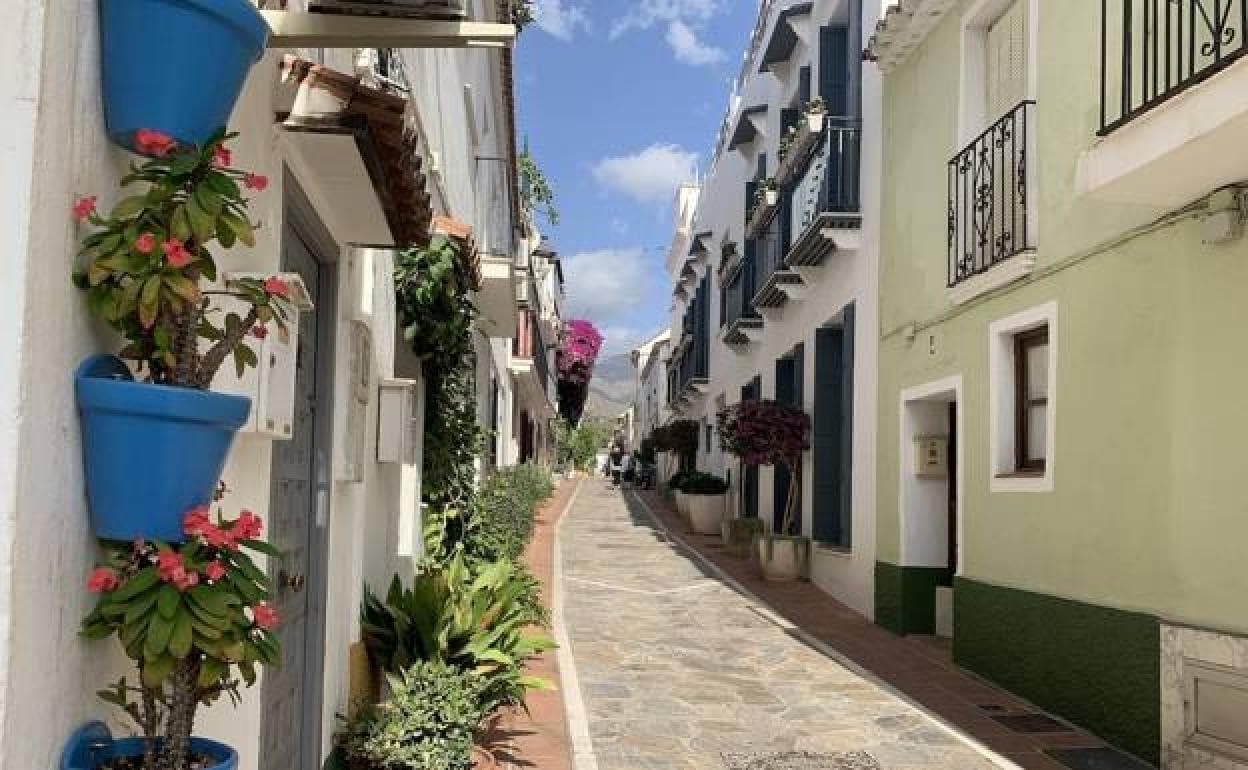Marbella's Roman military past uncovered during building works
Archaeologist José María Tomassetti, who is in charge of the excavation, explained that the find was “unexpected and surprising because there are no references to Roman trenches in the whole of Andalucía"
Joaquina Dueñas
MARBELLA.
Tuesday, 15 November 2022, 17:55
A trench dating back to the first century BC, discovered during building work on a private property in Calle Lobatas in Marbella, has revealed an unknown part of the town's Roman past. The archaeologist José María Tomassetti from the company Arqueotectura, who is in charge of the excavation, explained that the find was “unexpected and surprising because there are no references to Roman trenches in the whole of Andalucía". He went on to say, "There are some in Castilla La Mancha, Extremadura, in the north, but none had been reported here until now.”
Tomassetti said that the discovery revealed a lot about Marbella during the second civil war between Caesar and the sons of Pompey. Roman camps were surrounded by a defensive moat, and what has been excavated is a nine or ten metre section related to a camp that was set up to the north of the castle in around 50 BC.
"Although as a structure it is no more than a ditch, it is significant because it tells us that Marbella at that time was possibly besieged by a Roman army," the archaeologist added. "This is a fact that was not known at all because the historical books speak of the most important campaigns but the coast of Malaga is hardly mentioned," he continued.
What the moat indicates is that there was a Roman military camp for quite a long period of time, since brick columns have been found. "If they made the bricks and the columns, it means that it was not a fleeting visit,," says Tomassetti. However, his hypothesis is that this moat "implies that one of the two opposing sides in the civil war besieged a town and possibly destroyed it".
As well as the moat, fragments of pottery have been found, as well as a coin, which despite being in a very poor state of preservation, has been used to establish the date.
Another of the more unusual pieces recovered was a ceramic sling projectile. "It is very rare because they are usually made of lead,” said the archaeologist, who hopes that more pieces will be found in the future. In fact, another section was found in Calle Postigos during sewage works. In theory the artefact should be taken to the Provincial Archaeological Museum. However, the lack of space has meant that they are currently being kept in the Estepona museum of archaeology.
